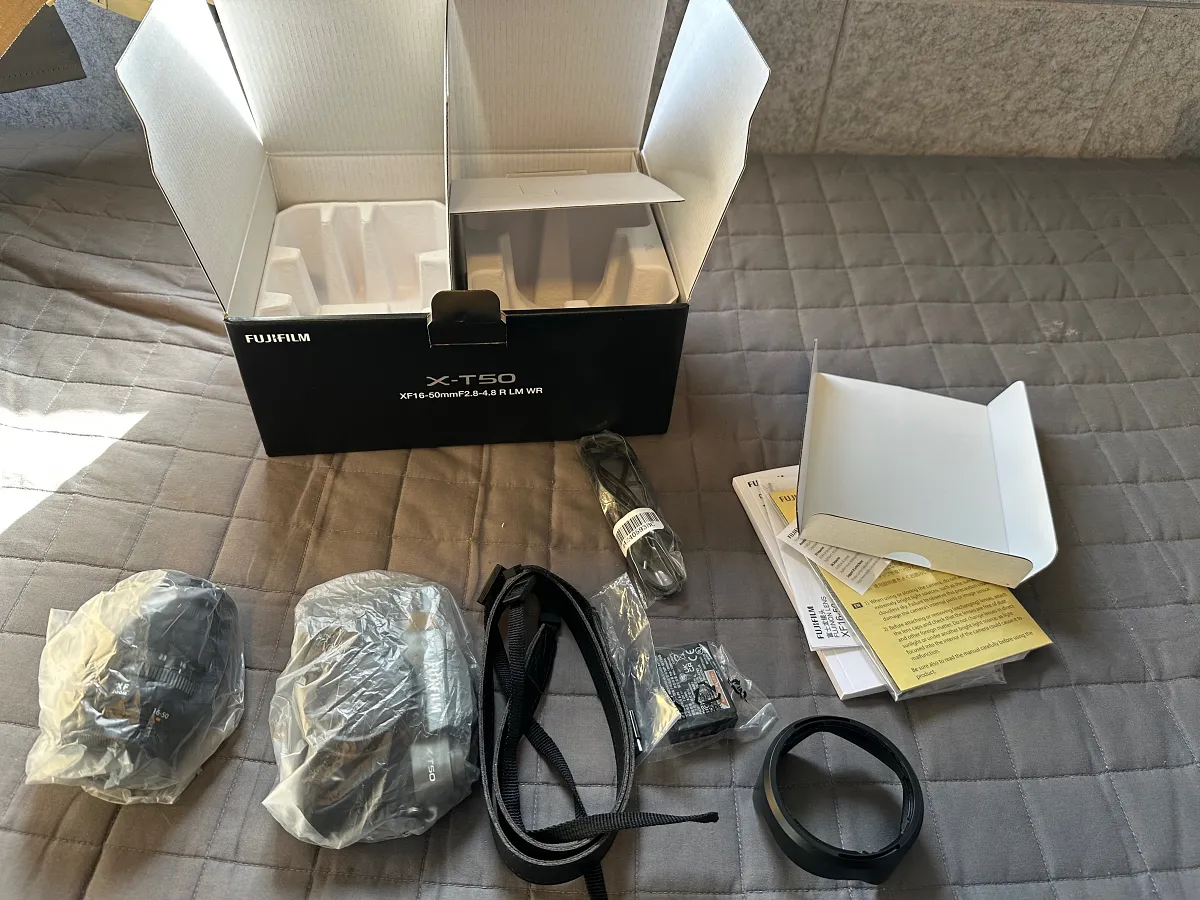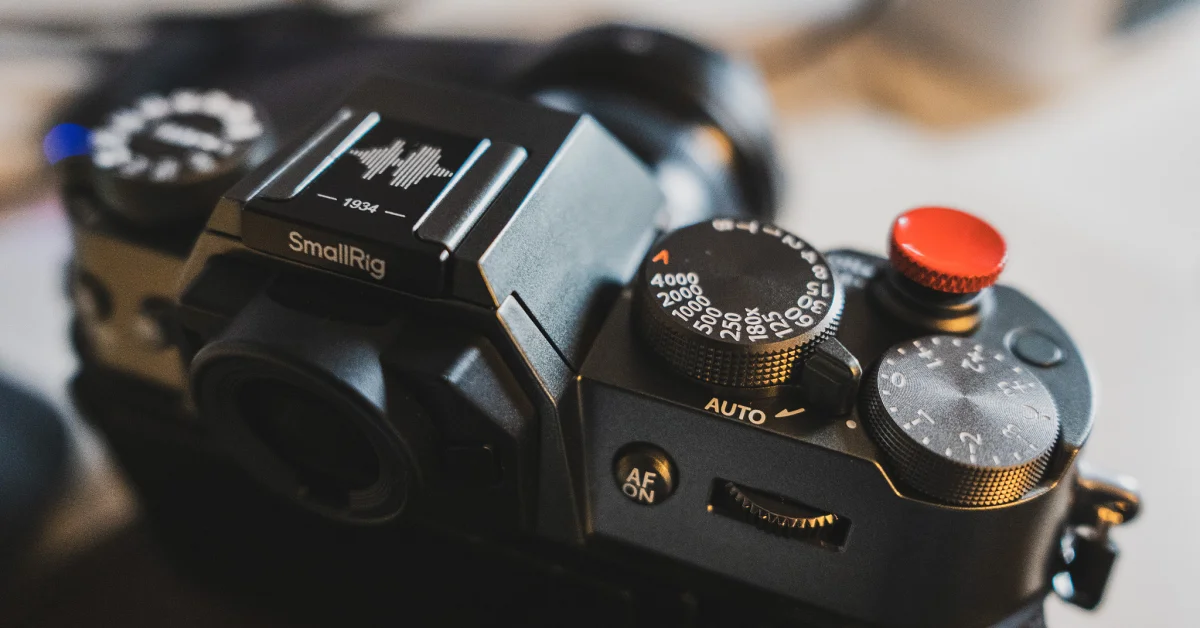The Fujifilm XT-50 is a camera I had been eagerly eyeing for some time. Its sleek design, compact form factor, and the promise of Fujifilm’s legendary image quality had me convinced it would be the perfect upgrade for my photography journey. However, after three weeks of using it extensively (two weeks while traveling to Canary Islands), I’ve decided to return it. While there were some things I truly loved about this camera, significant shortcomings in usability, ergonomics, and battery life turned out to be deal breakers, unfortunately.
The Positives: What Fujifilm XT-50 Got Right
Outstanding Image Quality
First and foremost, the image quality of the Fujifilm XT-50 is undeniably superb. Fujifilm cameras have long been celebrated for their color science, and this model is no exception. Straight-out-of-camera JPEGs were stunning, with vibrant colors and excellent sharpness. The film simulation modes (don’t to be confused with the film simulation dial, more on which we’ll talk below) added a layer of creative flexibility, allowing me to achieve different looks without post-processing. Though, I must say, I have spent some time tweaking the recipes.
Compact and Lightweight
Another highlight is how compact and portable the XT-50 is. It’s small enough to carry around all day without feeling weighed down, which is perfect for street photography, travel, or casual shooting. Its retro-inspired design is not just stylish but also subtly draws less (or maybe more these days?) attention compared to larger, more professional-looking cameras.
The 16-50mm XF Lens and Fujifilm’s Prime Lenses - a Bright Spot
While my experience with the Fujifilm XT-50 had its disappointments, the lenses I used with it were genuinely impressive. The 16-50mm (24-75mm in full frame) XF kit lens proved to be a versatile and reliable performer, offering sharpness and vibrant colors that complemented Fujifilm’s excellent image quality. It handled a range of scenarios beautifully, from wide-angle landscapes to close-up portraits. Equally remarkable were the 16mm and 50mm prime lenses.
The Negatives: Why I Couldn’t Keep It
Horrible Ergonomics
Unfortunately, the camera’s compact size comes at a cost: ergonomics. The XT-50’s grip is shallow and awkward, making it uncomfortable to hold for extended periods, especially with larger lenses attached. I often found myself needing to adjust my hand positioning to maintain a firm hold, which made the shooting experience less enjoyable.
Button placement was another issue. The layout felt cramped and unintuitive, with critical controls positioned in ways that were hard to access quickly. Adjusting settings on the fly was more cumbersome than I expected, often interrupting the creative flow of a shoot.
Issues for Left-Eye Dominant Users
Being left-eye dominant, I found the XT-50’s electronic viewfinder (EVF) particularly challenging to use. The placement of the EVF on the the camera body meant that my nose would press against the Q button and against the LCD screen, smudging it and making the experience uncomfortable. This might seem like a minor issue, but it became frustrating over time, especially during long shooting sessions.
Usability Challenges
In addition to its ergonomic shortcomings, the XT-50 also suffers from usability issues. The menu system, while visually appealing, was overly complex and not as user-friendly as I had hoped. Navigating through options to tweak settings often felt like a chore, especially when compared to other cameras I’ve used.
Terrible Battery Life
One of the biggest disappointments was the battery life. Despite my attempts to conserve power by tweaking settings and turning off unnecessary features, I found myself needing to carry multiple spare batteries to get through a full day of shooting. This wasn’t just inconvenient but also undermined the camera’s portability advantage, as I had to carry extra batteries (3 batteries in total).
The Film Simulation Dial is Useless
One of the quirks of the XT-50 is its dedicated film simulation dial. While Fujifilm’s film simulations are undeniably excellent, having a physical dial for them felt completely unnecessary. In practice, I rarely found myself using it during shoots (99% of time it was on C and I used custom recipes), as it’s far easier to make such adjustments in the menu. The dial felt more like a gimmick than a practical feature, taking up valuable real estate on the camera that could have been better utilized for more important controls.
Final Verdict: A Missed Opportunity
The Fujifilm XT-50 is a camera that excels in certain areas, particularly image quality and portability. However, its severe shortcomings in ergonomics, usability and low-light, along with the pointless inclusion of a film simulation dial, overshadowed these strengths. While I wanted to love this camera, it ultimately fell short of my expectations and needs.
For those who prioritize compact size and vibrant daytime photos, the XT-50 might still be worth considering. However, if you require a camera that performs well in various conditions and offers a seamless shooting experience, you might want to look elsewhere.

Returning the XT-50 was a tough decision, but I believe the right one. Have you used the XT-50 or faced similar challenges with other cameras? I’d love to hear your thoughts and experiences in the comments below.
